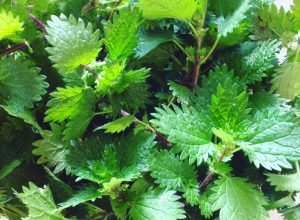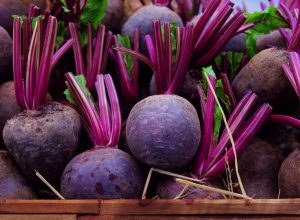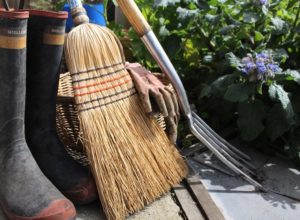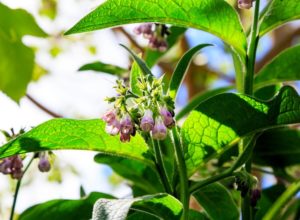September Gardening Guide – Mediterranean Climate
After some good soaking rains, Adelaide’s soil is now much better charged. We’re also starting to see longer days and some real sunshine, so we can expect the soil to start warming up nicely over the next couple of months ready for the boom time. (Yep, that’s booming weeds as well as our favourite plants.) The old ‘bare bottom test’ (i.e. can you comfortably sit on the ground yet?) will tell you when that soil is warm enough for planting out the true heat lovers like citrus trees, tomatoes, capsicums and chillies. For now, focus on getting them started in pots or trays and getting the garden soil well prepared.
What to plant in September
It’s still cool enough for broccoli, kale, Asian greens and all your favourite brassicas, along with parsley, coriander, rocket and lettuces. Loose leaf types allow you to pick the outside leaves while they keep on growing. The same goes for spinach and silverbeet including rainbow chard. It’s also warming up enough to start planting beans (both bush and climbing types). Year-round veg like beetroot and carrots are good to go. Protected seedling trays are currently the best place for tomato, chilli, capsicum, and eggplant – pot them on when they have a couple of sets of true leaves, then gradually harden them up into open garden conditions and finally plant out when the soil has warmed. For faster progress you could keep them in large pots which will warm faster – and then put a succession crop in the garden a bit later.
Harvest and Preserve
Our climate is lucky not to suffer too much from the ‘hungry patch’ of early spring. Enjoy all the root veg including parsnips, potatoes, carrots, beetroot, carrots… cooked up with some leeks and onions. Most brassicas will have reached their peak – leave a few for seed and insect attraction, and let a few carrots or parsley also flower to feed adult ladybirds, while their larvae hatch ready to gobble any aphids on the new soft spring growth of your fruit trees. Salad greens will be complemented with asparagus and avocadoes if you’ve put in the work in previous years, or snow peas if you planted them a couple of months ago. For dessert there are still some beautiful citrus fruits and there will soon be fresh loquats, guavas, cape gooseberries and mulberries to complement the preserved fruits of last summer.
Maintenance
- Dig in remaining green manure crops
- Whip out weeds before they set seed (especially grasses)
- Hot compost old mulch from the vegie garden to break the pest cycle and help the soil to absorb spring sunshine – re-mulch later, after the spring veg are planted and big enough to not be swamped.
- Look out for ladybirds and their eggs, especially if you’re spraying sap-sucking pests – give the ladybirds a chance to multiply and eat them!
- Catch and squash caterpillars or feed them to a friendly chook or magpie
- Trim natives after flowering – add foliage to an old-fashioned bouquet of roses, lavender, sweet peas and daisies.
- Resist picking asparagus spears from plants that are only one or two years old – let them build up their reserves.
Permaculture Principle #9: Use Small and Slow Solutions
Does anyone but retirees have enough time to spend in the garden? It seems that small and slow solutions are the only realistic and affordable option for most – and approaching the garden gently and modestly pays dividends. A few examples: by establishing gardens one zone or bed at a time, we can keep up with the maintenance and get to know our plants much better than a whole new garden. Growing trees from young specimens rather than advanced ones is much more economical and they usually grow stronger too. And by keeping much of our existing vegetation intact while we get started, rather than clearing a whole block in one go, we maintain existing microclimates, habitat for helpful predators and pollinators, mulch and vital soil life.
Coming up: Nadja’s Garden Composting Workshop at the Happy Patch Community Garden on Sunday 12th September and Seed Freedom Food Festival on Saturday 26th September.
Nadja Osterstock – find Nadja’s Garden on facebook, email nadjasgarden@gmail.com, ph. 0410 636 857, website and blog at www.nadjasgarden.com.au









